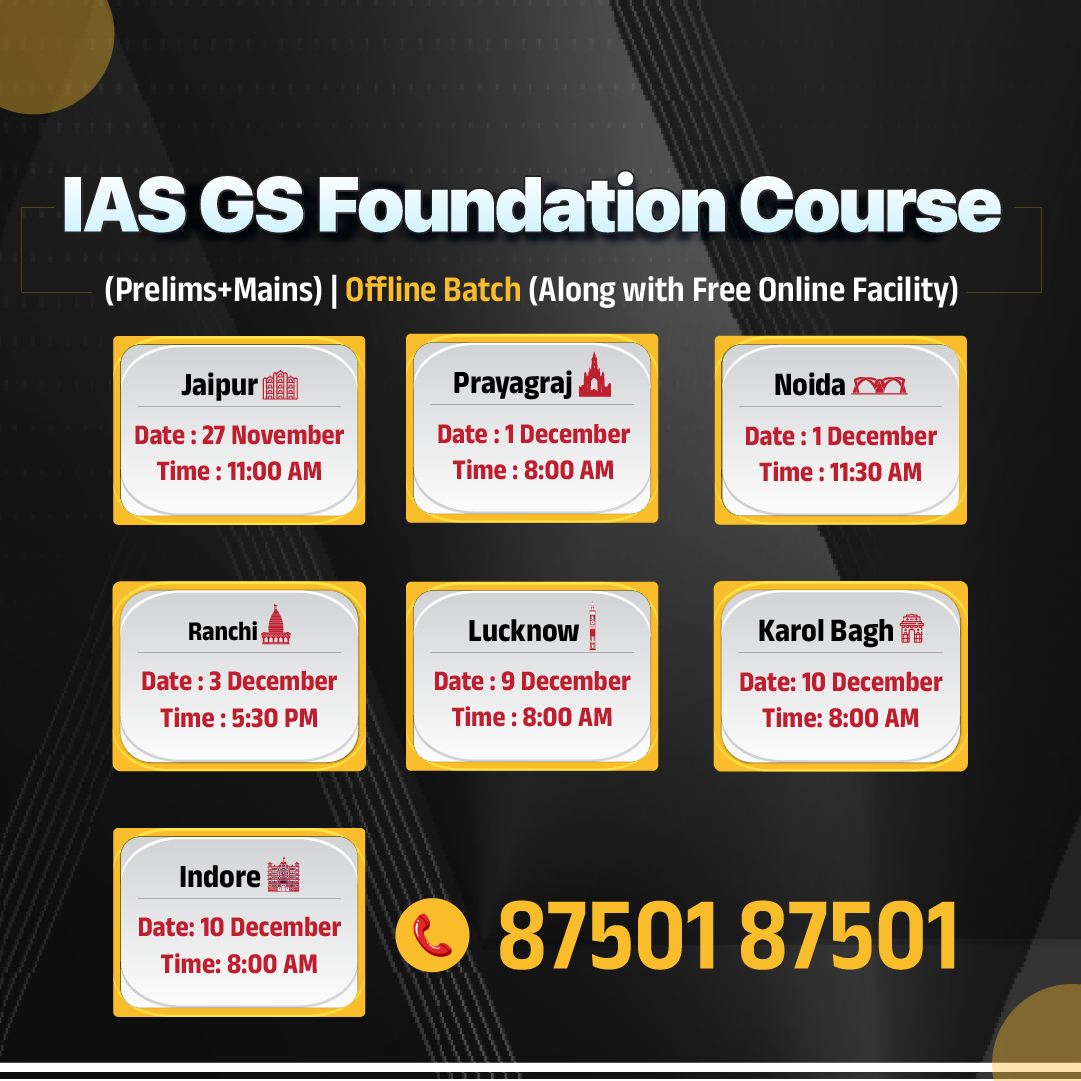National Current Affairs Switch to Hindi
K-4 medium-range ballistic missile
Why in News?
India successfully test-fires 3,500‑km K‑4 Medium-Range Ballistic Missile from nuclear‑powered submarines.
Key Points
- Launch Platform: The launch was carried out from INS Arighaat, a nuclear-powered ballistic missile submarine (SSBN) of the Indian Navy, in the Bay of Bengal.
- Strategic Significance: Enhances India’s sea‑based nuclear deterrence and contributes to the nuclear triad — the ability to deploy nuclear weapons from land, air, and sea.
- Second‑Strike Capability: The test strengthens India’s second‑strike capability, ensuring that even after absorbing an initial attack, India can respond decisively.
- DRDO Role: The Defence Research and Development Organisation (DRDO) developed the K‑4 missile, which uses solid fuel and advanced navigation systems.
- Ballistic missiles: They are rocket-propelled weapons that follow a free-fall trajectory after launch. They can carry conventional or nuclear warheads and be launched from land, sea, or air.
- Based on range, they're classified as short (< 1,000 km), medium (1,000–3,000 km), intermediate (3,000–5,500 km), or long-range or intercontinental ballistic missiles (ICBMs)( > 5,500 km).
- Agni-V is India’s longest-range missile, an ICBM with a range of over 5,000 km.
National Current Affairs Switch to Hindi
Bharat Taxi Initiative
Why in News?
The Government of India has launched Bharat Taxi, a first‑of‑its‑kind driver‑owned, cooperative ride‑hailing initiative, aimed at providing a fair, transparent and equitable alternative to private taxi aggregators.
Key Points
- Bharat Taxi: It is a government‑backed ride‑hailing platform developed as a cooperative model, where drivers are shareholders and co‑owners instead of being dependent on traditional private companies.
- Objective: The scheme aims to empower taxi drivers by ensuring fair earnings, reduce dependence on private aggregators (like Ola and Uber), and offer affordable, transparent transport services to passengers.
- Cooperative Structure: The service is operated by Sahakar Taxi Cooperative Limited.
- Launch: The service is set to launch across the country from January 1, 2026.
- Driver Benefits: Driver‑owned model, No commission and Profit sharing.
- Passenger Benefits: Transparent pricing, Affordable rides and Multiple vehicle options.


.png)




.jpg)























.png)


.jpg)

 PCS Parikshan
PCS Parikshan

